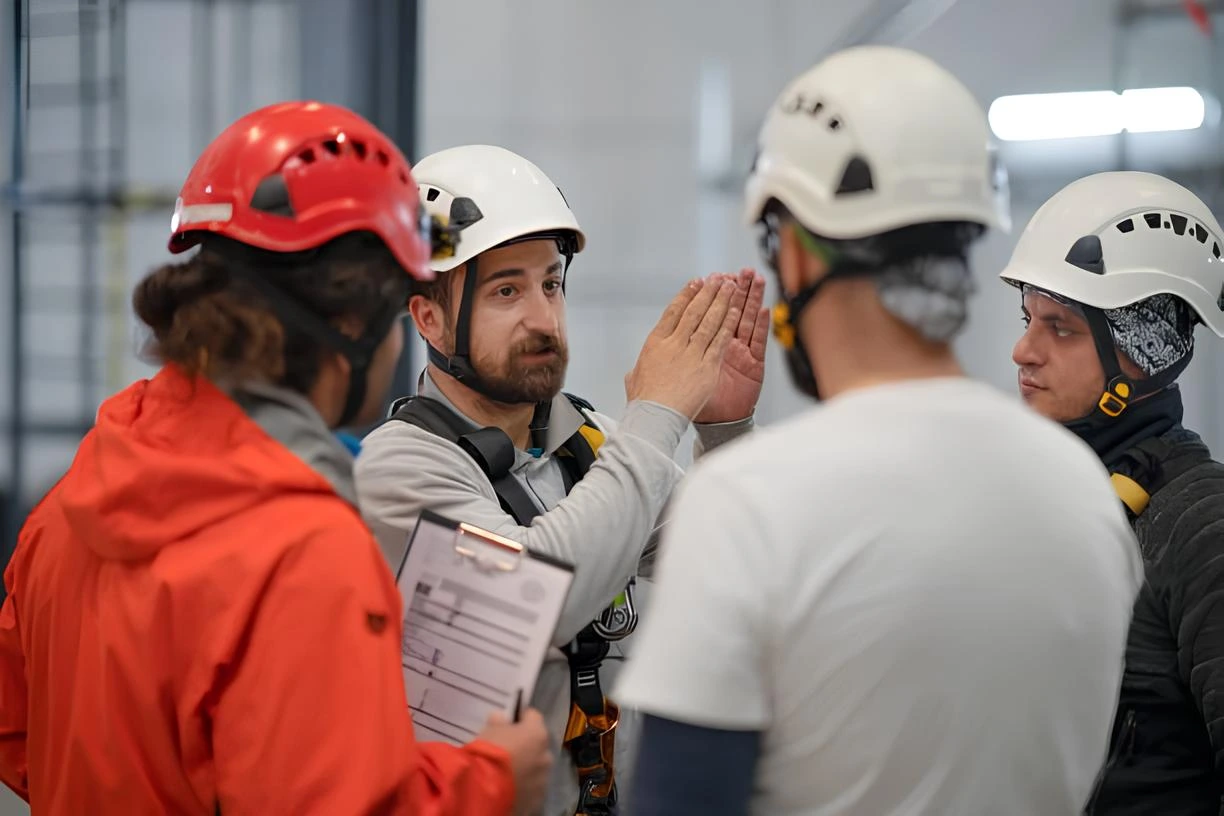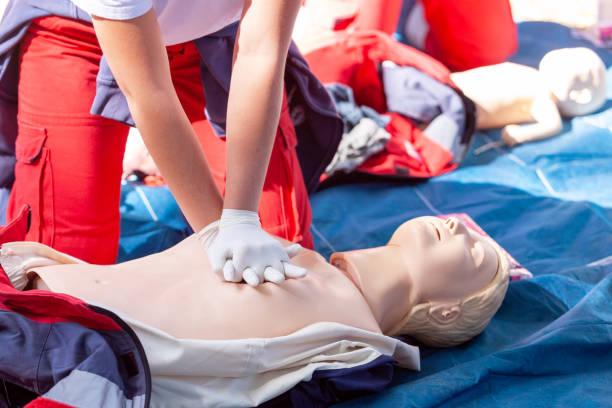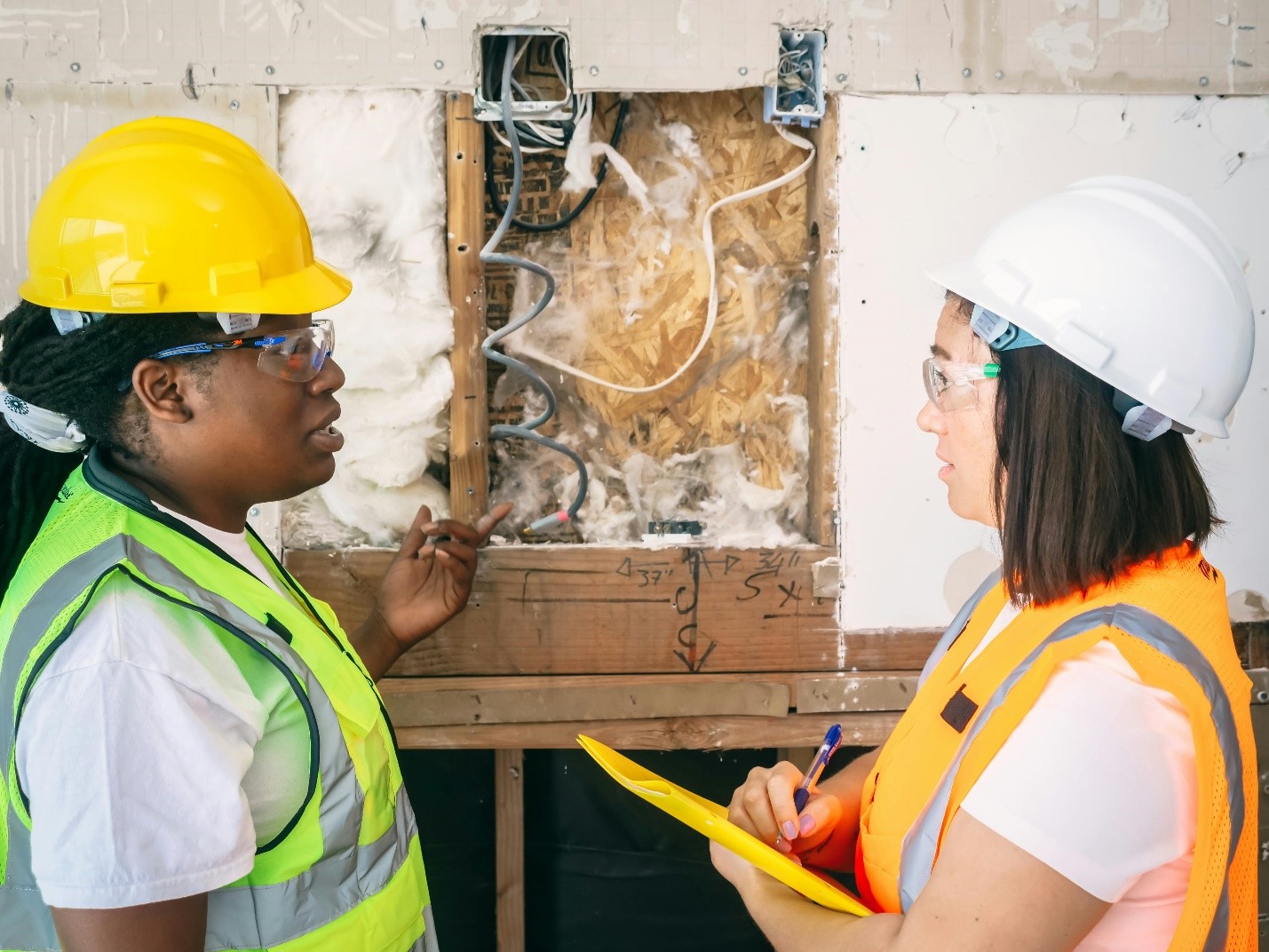How a CSO Leads Toolbox Talks and Safety Meetings
Toolbox talks and safety meetings are essential tools in promoting a culture of safety on construction sites. As the individual responsible for overseeing health and safety, the Construction Safety Officer (CSO) plays a vital role in ensuring these meetings are meaningful, engaging, and effective. But how exactly does a CSO lead toolbox talks that resonate with workers and drive real change?
In this blog, we’ll explore proven CSO toolbox talk techniques, provide insight into construction safety meeting planning, and offer practical toolbox talks facilitator tips to help safety professionals lead impactful discussions on the jobsite.
The Importance of Toolbox Talks and Safety Meetings
Regular safety meetings are a key requirement under WorkSafeBC regulations and a best practice on any construction project. They provide an opportunity to:
- Reinforce safety protocols and procedures
- Address site-specific hazards and concerns
- Share lessons learned from recent incidents or near misses
- Foster open communication between management and workers
When led effectively, these meetings reduce the likelihood of accidents and promote shared responsibility for safety across the crew.
CSO Toolbox Talk Techniques
A successful CSO leading toolbox talks session begins with preparation. Here are some techniques that experienced safety officers use:
- Stay relevant: Focus on current site activities, seasonal hazards, or recent incidents.
- Use visual aids: Props, diagrams, or real equipment help illustrate key points.
- Keep it brief and focused: Aim for 5–10 minutes of quality discussion.
- Involve the crew: Ask open-ended questions to encourage participation.
- Document everything: Record attendance and discussion topics for compliance and follow-up.
Using these CSO toolbox talk techniques not only improves engagement but also helps workers retain and apply the information in real situations.

Construction Safety Meeting Planning
Effective construction safety meeting planning involves more than just picking a topic. Consider these planning steps:
- Identify site-specific issues to tailor the meeting content.
- Set a regular schedule (e.g., daily, weekly) to create consistency.
- Choose the right time and place — preferably when workers are alert and attentive.
- Coordinate with supervisors to avoid scheduling conflicts.
- Prepare handouts or visuals to support your message.
Planning ahead ensures your meetings are timely, relevant, and valuable to the crew.
Safety Meeting Best Practices
Want to make your meetings even more effective? Here are some additional safety meeting best practices:
- Start with a quick review of past safety concerns and updates.
- Encourage crew members to share observations or feedback.
- Recognize positive safety behavior to reinforce good practices.
- Avoid lecturing — keep it interactive and conversational.
- Always end with a clear action item or takeaway.
When CSOs take the time to lead with purpose, they build trust and credibility, helping reinforce safety expectations in a constructive way.

Toolbox Talks Facilitator Tips
Whether you’re new to the role or looking to improve, these toolbox talks facilitator tips can elevate your effectiveness:
- Know your audience: Tailor your tone and content to suit different trades or experience levels.
- Be approachable: Workers are more likely to speak up if they feel respected.
- Practice delivery: A confident, clear speaking style improves attention and retention.
- Follow up: Monitor whether safety behaviors improve after the talk — and address gaps promptly.
These small adjustments can have a big impact on how your message is received and implemented.
Contact Peak Safety Training in Burnaby, BC
Looking to sharpen your skills as a safety leader? Peak Safety Training in Burnaby, BC offers specialized training for Construction Safety Officers, including strategies for leading effective toolbox talks and safety meetings. Whether you’re pursuing certification or simply want to enhance your facilitation techniques, our experienced instructors are here to support your development. Contact us today to learn more about our upcoming courses and safety leadership programs.
Conclusion
Leading an effective safety meeting is more than reading from a checklist — it requires planning, engagement, and leadership. With the right CSO toolbox talk techniques, solid construction safety meeting planning, and thoughtful use of toolbox talks facilitator tips, safety professionals can lead sessions that truly make a difference. By following these safety meeting best practices, CSOs contribute to a safer, more communicative work environment every day.
Disclaimer
The information presented in this blog post is intended for general educational purposes only and should not be considered legal or regulatory advice. Readers should consult the appropriate occupational health and safety regulations and authorities in their jurisdiction for specific requirements.




